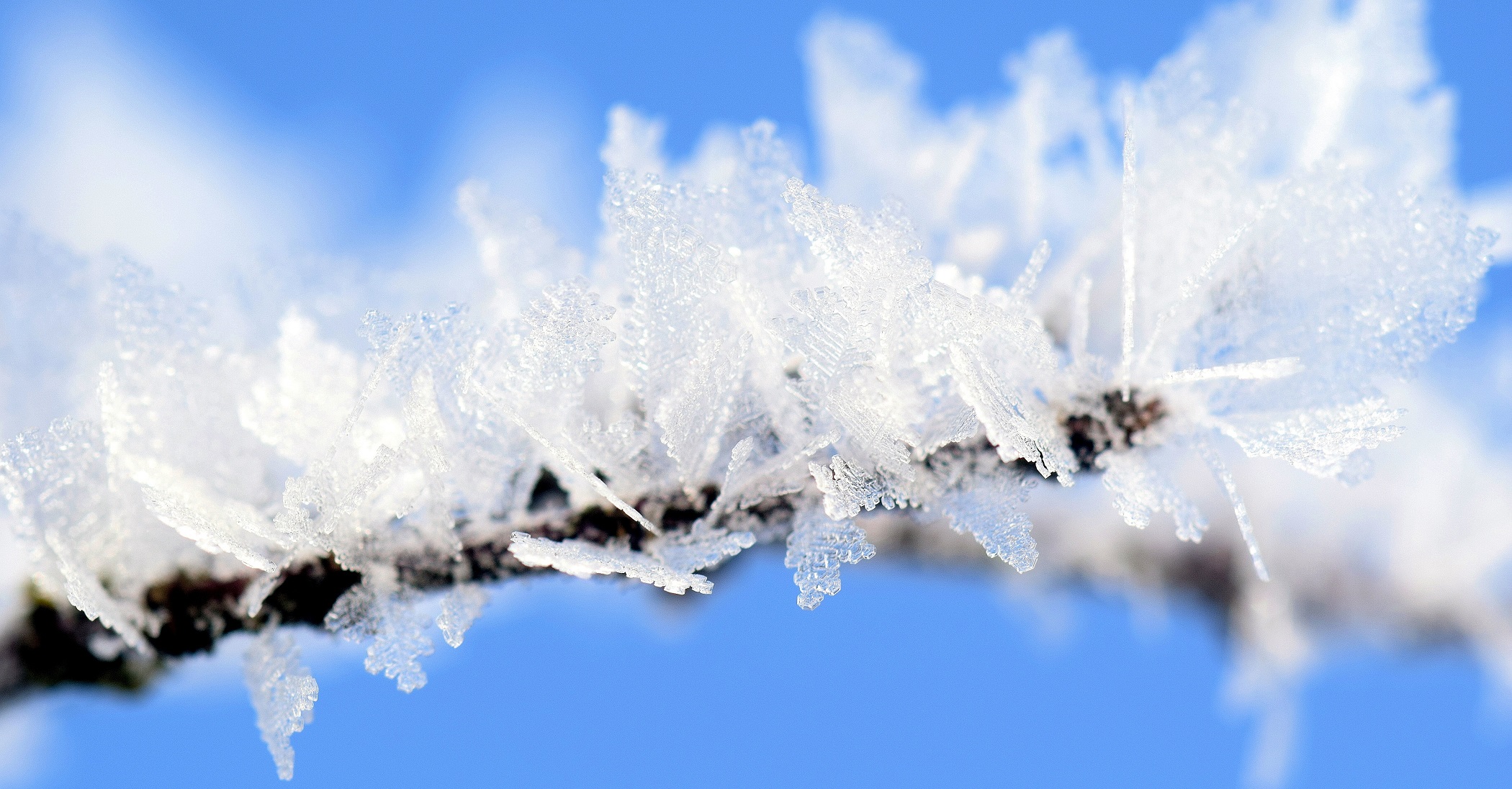Blog

#bioPGH Blog: Wintry Photo Scavenger Hunt
 A resource of Biophilia: Pittsburgh, #bioPGH is a weekly blog and social media series that aims to encourage both children and adults to reconnect with nature and enjoy what each of our distinctive seasons has to offer.
A resource of Biophilia: Pittsburgh, #bioPGH is a weekly blog and social media series that aims to encourage both children and adults to reconnect with nature and enjoy what each of our distinctive seasons has to offer.
When it’s cold, slushy, muddy, or perhaps even snowy outside, we may need a bit more motivation to get outdoors and explore. Here is a photo/art scavenger hunt for the whole family to enjoy the next time you’re hanging out in your backyard, neighborhood, or at a park! Share your pics on social media with #bioPGH and let’s see what everyone is up to! (Feel free to use the printer-friendly PDF here.)
1.) On a cold evening, spend a few moments outside looking at the stars and the moon, if it’s visible. Winter evenings can be some of the best times of the year to look at the night sky because cold temperatures keep the humidity low, which makes objects in the sky appear clearer to us. Can you spot any winter constellations? Stars may not show up clearly in a picture, but trying snapping a pic of you or the whole group enjoying the night sky!
2.) Now that trees don’t have their leaves, we can focus on the rest of the plant! Have you ever thought about the purpose of tree bark? It’s kind of like skin for the tree — bark is an outer layer of protection. It helps prevents water loss, deters hungry insects, and protects the tree from extreme cold or heat. Bark has a wide variety of appearances, but some of the “shaggy” examples are especially fun! Snap a pic of a tree with distinctly shaggy bark.
3.) Did you know that acorns are the fruits of oak trees? If you open up the acorn “nut,” you can find one or sometimes two seeds. Find and gather as many acorns as you need to make the outline of perhaps a favorite animal or a tree leaf. Take a picture of said critter, but be sure to scatter the acorns before leaving the area. (Have you ever seen an acorn sprouting?)
4.) The wild world can be a speedy place! The fastest animal in the world is the peregrine falcon, with a dive that reaches 200 mph. The fastest land animal in North America is the pronghorn, with a 55 mile-per-hour sprint capable of outrunning its prehistoric predator, the American cheetah. What do you think the fastest land animal in PA is? The white-tailed deer and the black bear are tied, both running at about 30 mph. But let’s see how fast you are! Nominate one person in your group as the photographer, and the rest of the group mark a start and finish line to try your best sprint! Could you be ready to move like the wind if needed?
5.) Water is beautiful and complex. It is life-giving, yet it is dangerous. It is home to so many living things, and it requires skill to manage. In the space below, tell a story about a lake, river, or ocean you have seen, but tell it as a haiku — a three-lined form of Japanese poetry that includes five syllables in the first line, seven in the second, and five again in the third. Here is a rough example:
Shimmering waters Shim-mer-ing wat-ers
So cold in January So cold in Jan-u-ary
Still, sparkles sunlight Still, spark-les sun-light
6.) Have you seen lichens growing on trees or rocks? Lichens are a relationship between bacteria and fungi, and the two work together to share resources and living space. Find lichen on a tree, rock, or other surface and snap a pic!
7.) The non-living parts of a habitat are important to note too! Fallen logs create little nooks and homes for animals and can serve as a food source for decomposers. Rocks, from pebbles to boulders create and shape habitat and modify soil while wind helps pollinate some plants. But not everything you find will be good for the ecosystem; litter and pollution decrease habitat quality, for example. Find something that is non-living and note how it might be contributing (either positively or negatively) to a habitat.
8.) What kind of camouflage would an animal need to blend in around your neighborhood? Take a photo of one of your group members “camouflaging” into the environment. Bonus point if none of the other groups can find your hidden group member in the picture!
9.) Look very closely at your surroundings. Can you find any evidence that critters have been here? Snap a pic if you find scat, tracks, chew marks, rubs or other signs of animals. The more the merrier!
10.) Have you ever wondered where frost comes from? The dew point temperature is the point when the water vapor in the air has reached saturation and begins to condense, resulting in dew formation. When the dew point temperature is below freezing, it is considered the frost point. Similar to snowflake crystals, which build on particles in the atmosphere, frost crystals grow as water vapor encounters solid structures, such as grass or the last (or first!) of a season’s flowers.
Have fun exploring!

Photo credits: Cover, 123rf and header, Pexels

